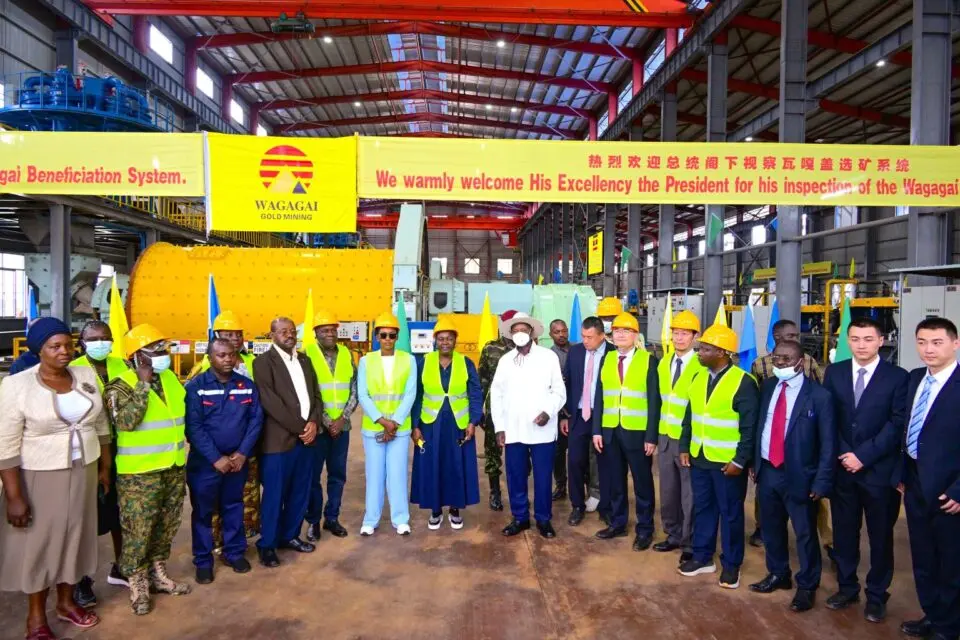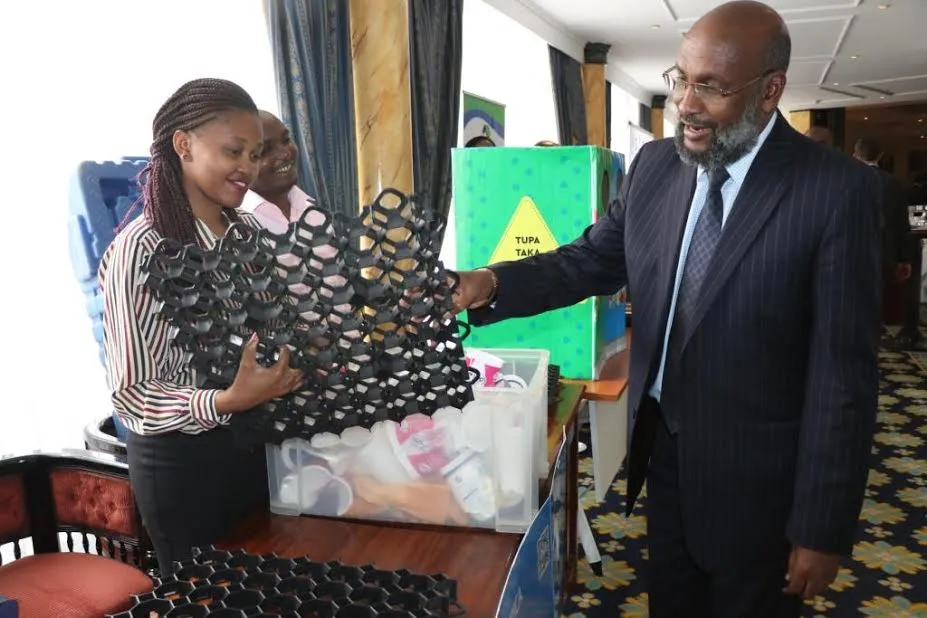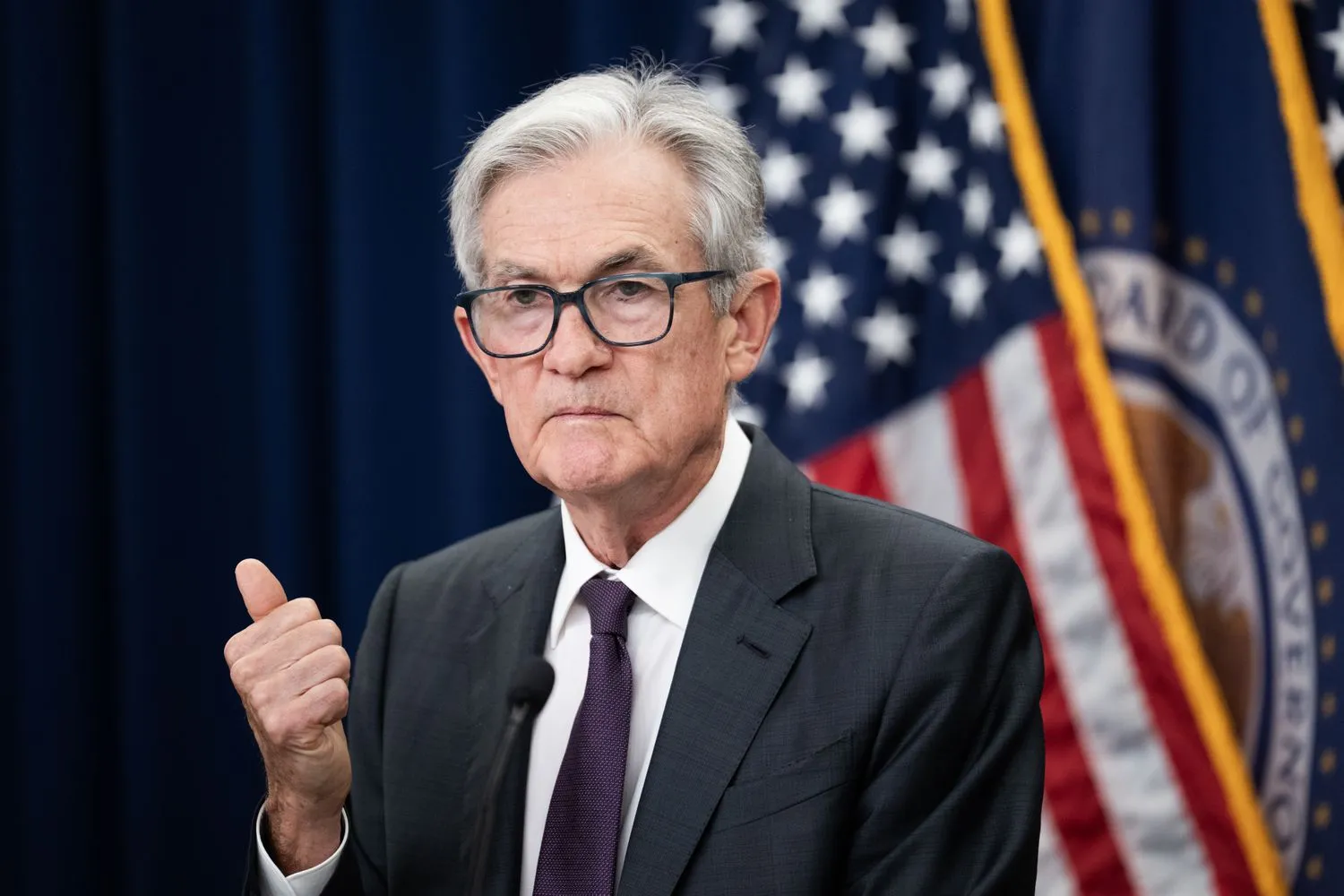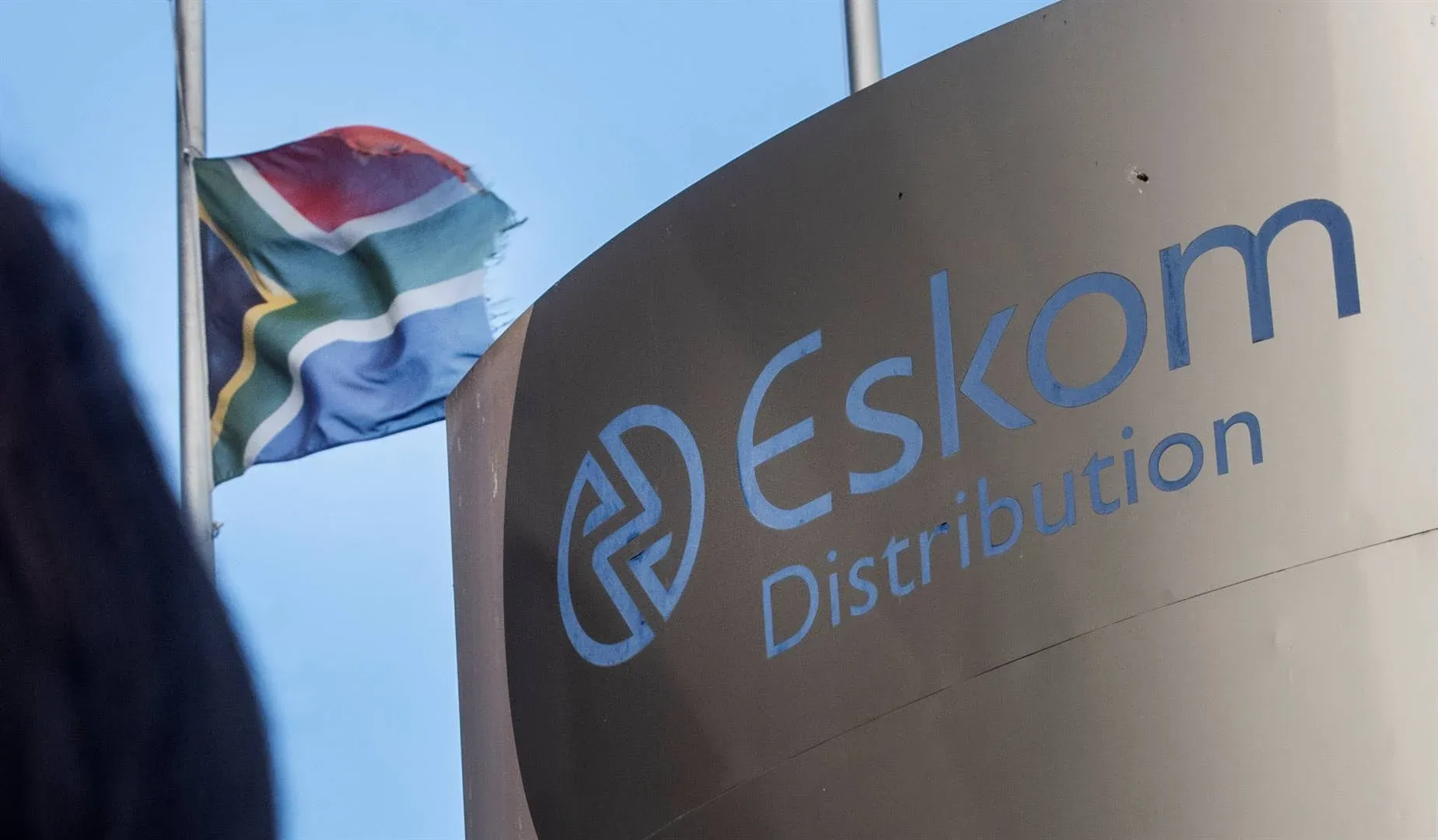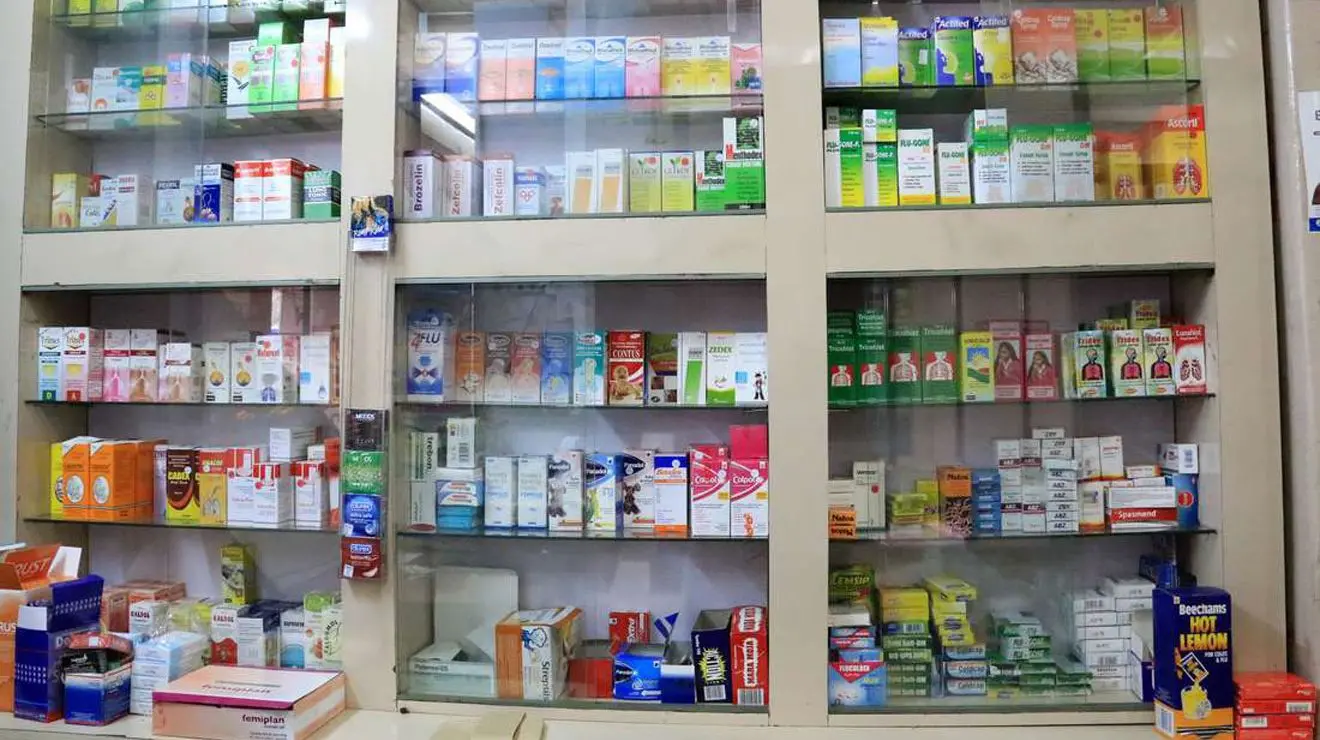Uganda has officially entered the global gold mining arena with the opening of its first large-scale gold mine, marking a transformative moment for the nation’s resource sector. The Wagagai Gold mining project in eastern Uganda represents a pivotal transition from small-scale artisanal operations to industrial-scale production, positioning the country as an emerging player in the international gold market.
The inauguration ceremony, attended by President Yoweri Museveni, signaled the government’s commitment to developing Uganda’s mineral resources as a key pillar of economic growth. This development comes after years of planning and investment, reflecting Uganda’s determination to capitalize on its natural resource potential.
“This mine represents not just an economic opportunity, but a new chapter in Uganda’s development story,” President Museveni stated during the opening ceremony. “We are moving from being merely exporters of raw materials to becoming producers of finished products.”
One decision can change your entire career. Take that step with our Online courses in ACCA, HESI A2, ATI TEAS 7, HESI EXIT, NCLEX-RN, NCLEX-PN, and Financial Literacy. Join Serrari Ed and start building your brighter future today.
A Game-Changing Investment in Uganda’s Future
The Wagagai project stands out as Uganda’s first foray into modern, large-scale gold mining operations. Previously, the country’s gold sector consisted primarily of artisanal miners using basic tools and techniques, resulting in limited production and environmental challenges.
This industrial-scale operation introduces advanced extraction and processing technologies that significantly improve efficiency and output. The mine employs modern mine planning techniques, systematic drilling, and state-of-the-art processing facilities that minimize environmental impact while maximizing gold recovery.
The project also represents a shift in Uganda’s economic strategy, moving beyond traditional agricultural exports toward higher-value mineral resources. This diversification strategy aims to reduce economic vulnerability to climate-related agricultural disruptions and fluctuating commodity prices.
Massive Chinese Investment Under Belt and Road Initiative
The Wagagai Gold mining project represents a substantial $250 million investment fully backed by Chinese capital. This level of foreign direct investment demonstrates growing international confidence in Uganda’s mining potential and regulatory environment.
The scale of this investment is particularly notable given Uganda’s historical challenges in attracting large-scale mining investments. Previous attempts to develop industrial mining operations faced obstacles including infrastructure limitations, regulatory uncertainties, and capital constraints.
The Wagagai Gold Refinery, established in 2019 by China’s Liaoning Hongda Enterprise Group under a 21-year concession, represents a $150 million investment. General Manager Tan Jiuchang said the refinery aligns with China’s Belt and Road Initiative, transforming a once-remote Busia area into a modern, environmentally sustainable gold industry hub.
China’s Belt and Road Initiative has seen significant expansion in Africa’s mining sector, with metals and mining engagement reaching new records in 2025. The focus on minerals processing and mining infrastructure reflects China’s strategic interest in securing critical mineral supplies while supporting African industrialization.
Strategic Ownership Structure and Government Participation
The project’s ownership structure follows Uganda’s 2022 mining law, which mandates a 15% free carry stake for the government in all mining operations. This arrangement ensures the nation retains partial ownership of its mineral resources while still attracting foreign expertise and capital.
The remaining 85% equity is held by Chinese investors, who have committed to not only extracting the resource but also building processing capacity within Uganda. This aligns with President Museveni’s emphasis on in-country value addition rather than raw mineral exports.
Uganda hopes rewards will come through its newly-overhauled mining code, the Mining and Minerals Bill, which parliament passed and establishes the Uganda National Mining Company to hold equity stakes in mining ventures.
Impressive Production Capabilities and Technical Specifications
The newly inaugurated facility boasts impressive technical specifications that represent a quantum leap in Uganda’s gold production capabilities:
Production Metrics:
- Daily ore processing capacity: 5,000 tonnes
- Projected annual gold production: 1.2 tonnes of refined gold
- Refining quality: 99.9% purity (meeting international standards for investment-grade gold)
- Recovery rate: Approximately 92% of available gold from processed ore
The processing plant utilizes carbon-in-leach (CIL) technology, representing a significant technological advancement over traditional methods used in Uganda’s artisanal mining sector. This process allows for more efficient gold recovery from lower-grade ores, maximizing the economic value of the resource.
Transformational Impact on Uganda’s Gold Production
The contrast between Uganda’s historical gold production and the expected output from the new mine highlights the transformative nature of this development:
| Production Metric | Previous Annual Production (2023) | Projected Annual Production | Percentage Increase |
| Gold output | 0.0042 tonnes | 1.2 tonnes | 28,471% increase |
| Direct employment | ~1,500 artisanal miners | ~3,000 formal mine workers | 100% increase |
| Tax revenue | Minimal (informal sector) | $10 million annually | Significant new revenue |
This dramatic increase in production volume will fundamentally alter Uganda’s position in African gold mining, though it will still remain well behind continental leaders like Ghana, South Africa, and Tanzania in terms of total output.
Economic Impact and Export Revenue Potential
Gold is already Uganda’s leading export, accounting for over 42% of total export receipts in 2024-2025. Last year Uganda raised $3.4 billion from gold exports, according to central bank data, about 37% of the country’s total export revenue.
However, a crucial distinction exists between gold exports and domestically produced gold. Previously, much of Uganda’s gold exports consisted of gold imported from neighboring countries (particularly the Democratic Republic of Congo) and subsequently re-exported.
The new mine is expected to substantially increase the portion of domestically produced gold in these export figures, enhancing:
- Net export revenue (with less offsetting imports)
- Tax revenue from domestic production
- Supply chain value remaining within Uganda
- International trade credibility
Energy and Mineral Development Minister Dr. Ruth Nankabirwa hailed the refinery as a cornerstone of Uganda’s Vision 2040. “Gold, valued at $107,773 per kilogram, generated $3.8 billion in exports last year, surpassing all other commodities.”
Strategic Infrastructure Development Plans
President Yoweri Museveni has outlined plans to channel revenue from gold exports into critical national infrastructure projects through a proposed Mineral Wealth Fund:
- Power station development to address Uganda’s energy deficit
- Railway infrastructure improvements, including the $3.1 billion standard gauge railway project
- Road network expansion in mining regions
- Water management infrastructure for both mining and community use
- Health facilities and sports stadiums for long-term community benefit
“Gold is finite, but the infrastructure we build with its wealth will stand as a lasting legacy,” Museveni declared. “We must end the colonial mindset of exporting raw minerals for others to profit.”
Uganda’s Broader Mining Strategy and Resource Wealth
The Wagagai Gold mine represents one component of Uganda’s comprehensive strategy to develop its mining sector as a pillar of economic growth. Uganda possesses diverse mineral wealth beyond gold:
- Copper: Significant deposits at Kilembe and other locations
- Cobalt: Often found in association with copper deposits
- Iron ore: Substantial deposits estimated at over 200 million tonnes
- Rare earth elements: 520 million tonnes with emerging potential
- Lithium: Growing interest due to battery technology demand
- Graphite: 24.5 million tonnes for industrial applications
The development of the gold sector could create models and infrastructure that support the broader development of these additional mineral resources.
China-Uganda Economic Partnership Strengthens
Ambassador Zhang Lizhong said the project strengthens China-Uganda economic ties. “Wagagai contributes $10 million annually in tax revenue, driving industrial growth and technical capacity,” he said.
The broader China-Uganda economic relationship has seen significant growth:
- Trade volume: Uganda-China trade reached $953 million in the first half of 2025, a 32.8% increase from 2024
- Export growth: China’s zero-tariff policy for African nations has boosted Uganda’s exports to China by 103.4% in 2025
- Agricultural exports: Coffee and sesame exports surging by 155.1% and 132.5% respectively
This partnership reflects China’s broader Belt and Road Initiative strategy in Africa, which has created industrial parks and boosted production for both export and domestic consumption while creating jobs for local workers.
Build the future you deserve. Get started with our top-tier Online courses: ACCA, HESI A2, ATI TEAS 7, HESI EXIT, NCLEX-RN, NCLEX-PN, and Financial Literacy. Let Serrari Ed guide your path to success. Enroll today.
Environmental and Social Considerations
The Wagagai project incorporates several environmental management systems representing significant improvements over artisanal mining practices:
Environmental Management:
- Water management: Closed-loop water recycling systems to minimize freshwater consumption
- Tailings management: Engineered storage facilities with monitoring systems
- Land rehabilitation: Progressive rehabilitation approach with ongoing reclamation
- Energy efficiency: Optimization of power usage and renewable energy consideration
Community Impact:
- Employment opportunities: Approximately 3,000 direct jobs created
- Skills development: Training programs for 700 local workers
- Community investment: Nearly $1 million invested in community welfare
- Business development: Procurement policies prioritizing local suppliers
Busia District LC5 Chairperson and artisanal miner Stephen Wasike Mugeni underscored the project’s impact: “We have been processing gold to only 86% purity, fetching UGX 220 million per kilogram. Wagagai’s 99.99% purity unlocks far greater value, benefiting our community and economy.”
Global Gold Market Context and Timing
The project launch comes at an opportune time for gold markets. Gold prices increased about 30% since January, mirroring strong market performance. The metal recently traded near $3,300 an ounce, with Goldman Sachs predicting gold could reach $3,700 an ounce by the end of 2025.
This favorable market backdrop enhances the project’s revenue potential and validates the timing of Uganda’s entry into large-scale gold production. The strong gold price environment provides additional economic justification for the substantial capital investment and supports optimistic projections for project returns.
Bank of Uganda’s Gold Purchase Program
Uganda’s energy minister Ruth Nankabirwa has said government is piloting its Domestic Gold Purchase Programme to tap into the country’s mineral resources. The Bank of Uganda has established a policy framework to guide gold purchases, initiating a procurement process to identify qualified suppliers.
This program reflects the government’s strategy to build foreign reserves and stabilize the financial sector while supporting domestic gold production. The initiative demonstrates how the Wagagai project integrates with broader national economic policies.
Challenges and Future Outlook
While the Wagagai Gold mine represents a significant milestone, several factors will shape the future development of Uganda’s mining sector:
Potential Challenges:
- Gold price volatility: International gold market fluctuations can significantly impact profitability
- Infrastructure limitations: Despite planned improvements, Uganda still faces gaps in transportation and energy systems
- Regulatory consistency: Maintaining policy stability while the sector develops remains crucial
- Community relations: Effective engagement and development programs will be essential
Future Opportunities:
- Exploration expansion: Success may attract additional exploration investment throughout Uganda
- Mining cluster development: Opportunities for specialized service providers and technical experts
- Skills development: Mining operations create opportunities for education and training programs
- Financial sector growth: Opportunities for specialized lending and investment products
Regional and Continental Comparison
Despite the significant step forward, Uganda still has ground to cover to compete with Africa’s leading gold producers:
- Ghana (Africa’s top gold producer): $11.6 billion in gold exports (2023)
- South Africa: 96.6 tonnes of gold production (2023)
- Tanzania: 48.8 tonnes of gold production (2023)
- Uganda’s current position: Emerging player with growth potential
The Wagagai mine positions Uganda to begin closing this gap, though substantial additional investments would be required to reach the production levels of the continent’s leading gold nations.
Looking Ahead: Economic Transformation
The successful implementation of this project could catalyze further developments in Uganda’s mining sector and broader economy. The mine plans to operate for 21 years, potentially creating a sustainable foundation for long-term economic development.
As Uganda transitions from agricultural dependency toward a more diversified economy including emerging oil and gas development alongside mining, the Wagagai project serves as a proof of concept for large-scale resource development that could attract additional international investment.
The integration of Chinese investment, technology, and expertise through the Belt and Road Initiative demonstrates how international partnerships can facilitate the development of Africa’s mineral wealth while creating mutual benefits for both investor and host countries.
Ready to take your career to the next level? Join our Online courses: ACCA, HESI A2, ATI TEAS 7 , HESI EXIT , NCLEX – RN and NCLEX – PN, Financial Literacy!🌟 Dive into a world of opportunities and empower yourself for success. Explore more at Serrari Ed and start your exciting journey today! ✨
Track GDP, Inflation and Central Bank rates for top African markets with Serrari’s comparator tool.
See today’s Treasury bonds and Money market funds movement across financial service providers in Kenya, using Serrari’s comparator tools.
photo source: Google
By: Montel Kamau
Serrari Financial Analyst
20th August, 2025
Article, Financial and News Disclaimer
The Value of a Financial Advisor
While this article offers valuable insights, it is essential to recognize that personal finance can be highly complex and unique to each individual. A financial advisor provides professional expertise and personalized guidance to help you make well-informed decisions tailored to your specific circumstances and goals.
Beyond offering knowledge, a financial advisor serves as a trusted partner to help you stay disciplined, avoid common pitfalls, and remain focused on your long-term objectives. Their perspective and experience can complement your own efforts, enhancing your financial well-being and ensuring a more confident approach to managing your finances.
Disclaimer: This article is for informational purposes only and does not constitute financial advice. Readers are encouraged to consult a licensed financial advisor to obtain guidance specific to their financial situation.
Article and News Disclaimer
The information provided on www.serrarigroup.com is for general informational purposes only. While we strive to keep the information up to date and accurate, we make no representations or warranties of any kind, express or implied, about the completeness, accuracy, reliability, suitability, or availability with respect to the website or the information, products, services, or related graphics contained on the website for any purpose. Any reliance you place on such information is therefore strictly at your own risk.
www.serrarigroup.com is not responsible for any errors or omissions, or for the results obtained from the use of this information. All information on the website is provided on an as-is basis, with no guarantee of completeness, accuracy, timeliness, or of the results obtained from the use of this information, and without warranty of any kind, express or implied, including but not limited to warranties of performance, merchantability, and fitness for a particular purpose.
In no event will www.serrarigroup.com be liable to you or anyone else for any decision made or action taken in reliance on the information provided on the website or for any consequential, special, or similar damages, even if advised of the possibility of such damages.
The articles, news, and information presented on www.serrarigroup.com reflect the opinions of the respective authors and contributors and do not necessarily represent the views of the website or its management. Any views or opinions expressed are solely those of the individual authors and do not represent the website's views or opinions as a whole.
The content on www.serrarigroup.com may include links to external websites, which are provided for convenience and informational purposes only. We have no control over the nature, content, and availability of those sites. The inclusion of any links does not necessarily imply a recommendation or endorsement of the views expressed within them.
Every effort is made to keep the website up and running smoothly. However, www.serrarigroup.com takes no responsibility for, and will not be liable for, the website being temporarily unavailable due to technical issues beyond our control.
Please note that laws, regulations, and information can change rapidly, and we advise you to conduct further research and seek professional advice when necessary.
By using www.serrarigroup.com, you agree to this disclaimer and its terms. If you do not agree with this disclaimer, please do not use the website.
www.serrarigroup.com, reserves the right to update, modify, or remove any part of this disclaimer without prior notice. It is your responsibility to review this disclaimer periodically for changes.
Serrari Group 2025








